Cat Autoimmune Disease Skin
Cat autoimmune disease skin. There is no age breed or gender predisposition. Instead of attacking pathogens or disease the immune system attacks the bodys own cells. In recent years advanced diagnostic methods have permitted.
Symptoms of Autoimmune Disease In Cats Common symptoms in cats will be a low-grade fever and lethargy overall. Immune-mediated skin disease was recorded in 24 dogs and 11 cats by the Department of Pathology and Microbiology University of Bristol over the period 1973-1992. As the bond is eroded blisters and sores show up on the skin and break open.
This doesnt happen over night. An autoimmune disease is one where antibodies or lymphocytes white blood cells are created which work against the body. Cats can cause severe excoriations in the pre- andor post-auricular skin face chin and neck due to scratching with their hindpaws Figures 8 and 9.
You may also observe inflammation of their skin around the nail and itching. The pathogenesis of the pemphigus group of diseases involves the induction of pathogenic autoantibody to epidermal adhesion molecules. In upstate New York at the Cornell University Hospital for Animals for example the most common causes of skin disease in cats seen by dermatology specialists are allergies to airborne particles food or flea and mosquito bites.
Yellowish crusts are more frequently observed in cats when it comes to pemphigus foliaceus. It is defined as a pustular erosive and crusting dermatosis commonly involving the. Head and neck pruritus is considered a sign of feline allergy particularly but not exclusively a food allergy.
The most common areas for these blisters to occur is around the eyes ears bridge of the nose foot pads and toenail beds. PEMPHIGUS FOLIACEUS PF PF is the most common autoimmune skin disease of cats and is generally more common in middle aged to older animals. Autoimmune blistering skin diseases have been recognized for decades in humans and dogs.
Pemphigus is the most common autoimmune skin disease found in cats. This disease is divided into three types depending on where it attacks the skin but in each case the bond between the layers of skin is the victim of the attacking immune system.
The most common autoimmune skin disease in cats is called Pemphigus Complex.
Yellowish crusts are more frequently observed in cats when it comes to pemphigus foliaceus. Pemphigus foliaceus PF is the most common autoimmune skin disease recognized in cats 1 2. You may also observe inflammation of their skin around the nail and itching. Instead of attacking pathogens or disease the immune system attacks the bodys own cells. In the dog most of these diseases unfortunately were grouped under the generic denomination of bullous pemphigoid without any confirmation that the autoantibodies targeted bullous pemphigoid antigens. In this case the pets immune system attacks itself and affects a variety of tissues and organs from the skin and joints to the heart kidneys and even the cats lungs. Cats that have SLE can experience different forms of it. Autoimmune skin disease is a condition in which the bodys own immune system fights against itself. This doesnt happen over night.
Another way of putting it is that your cats immune system has deteriorated to such an extent that now it is destroying itself. Pemphigus foliaceus PF is the most common autoimmune skin disease recognized in cats 1 2. Instead of attacking pathogens or disease the immune system attacks the bodys own cells. Autoimmune disease in cats can sometimes affect multiple organs at the same time. The blisters ulcerate ooze and eventually scab over. In the dog most of these diseases unfortunately were grouped under the generic denomination of bullous pemphigoid without any confirmation that the autoantibodies targeted bullous pemphigoid antigens. The clinical and histopathological features together with the age breed and sex are given for each case.

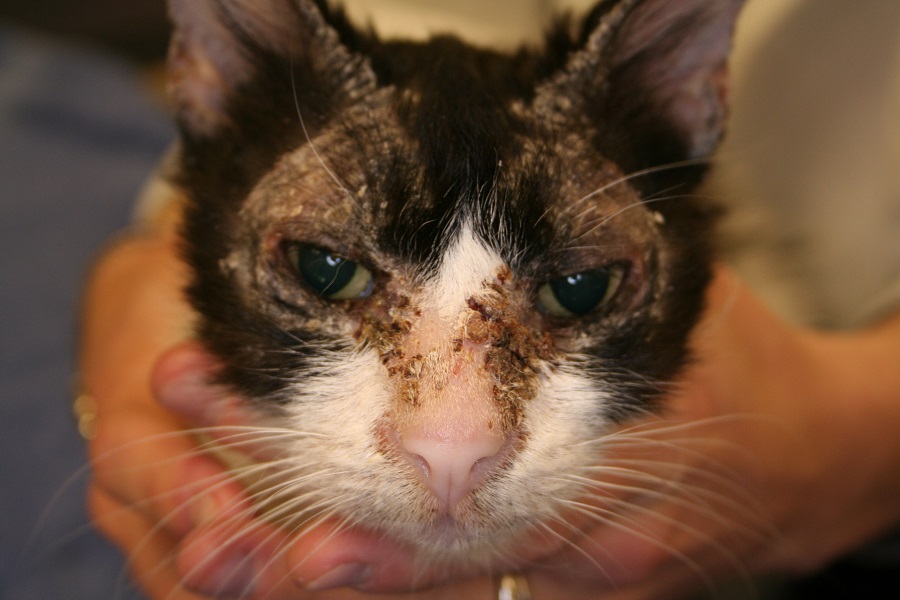





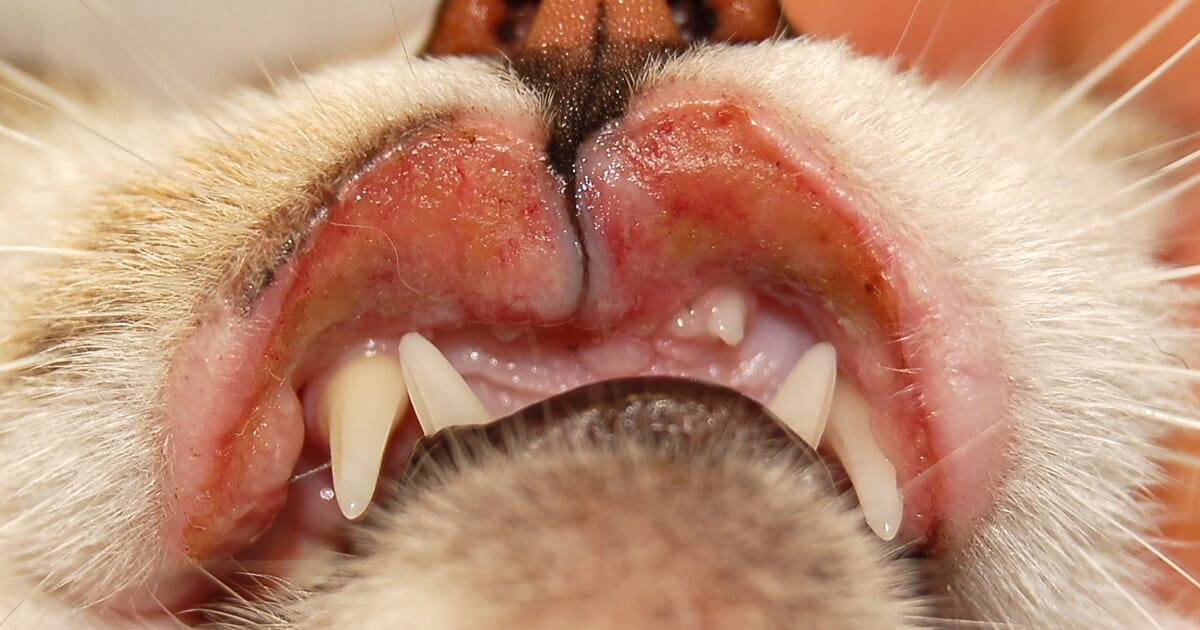
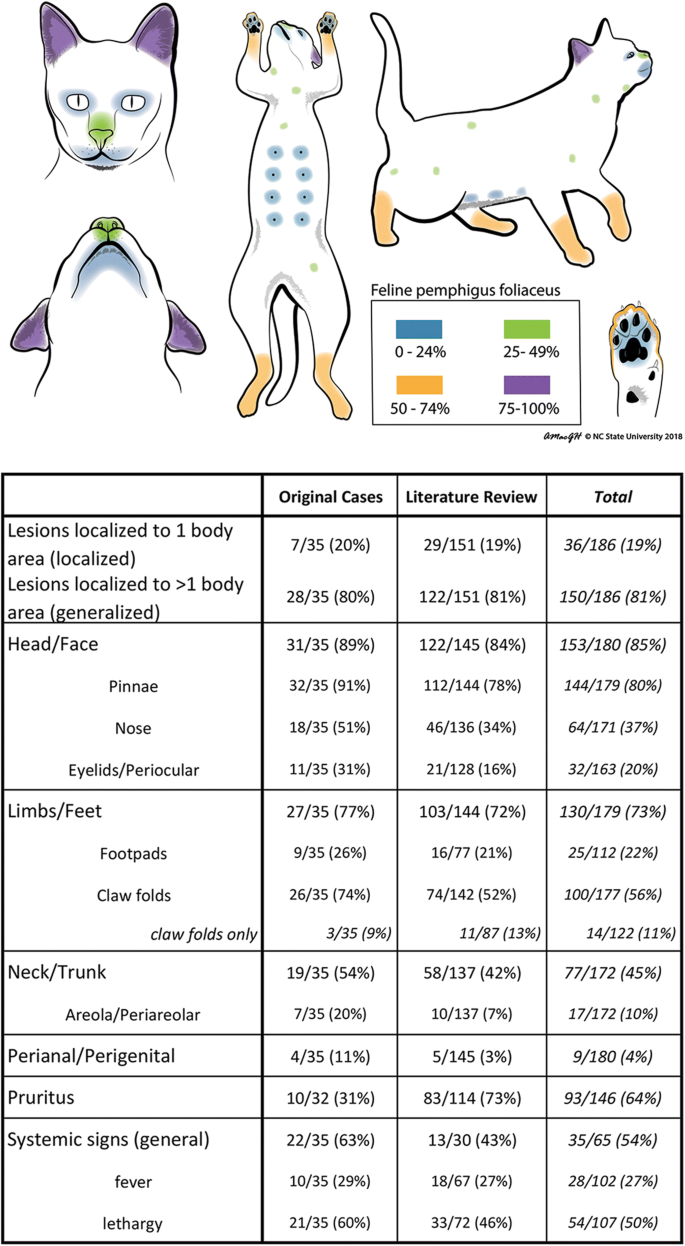

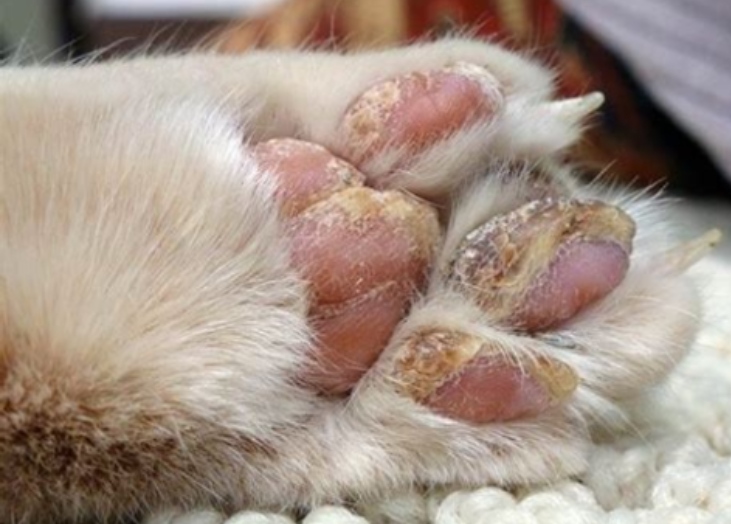




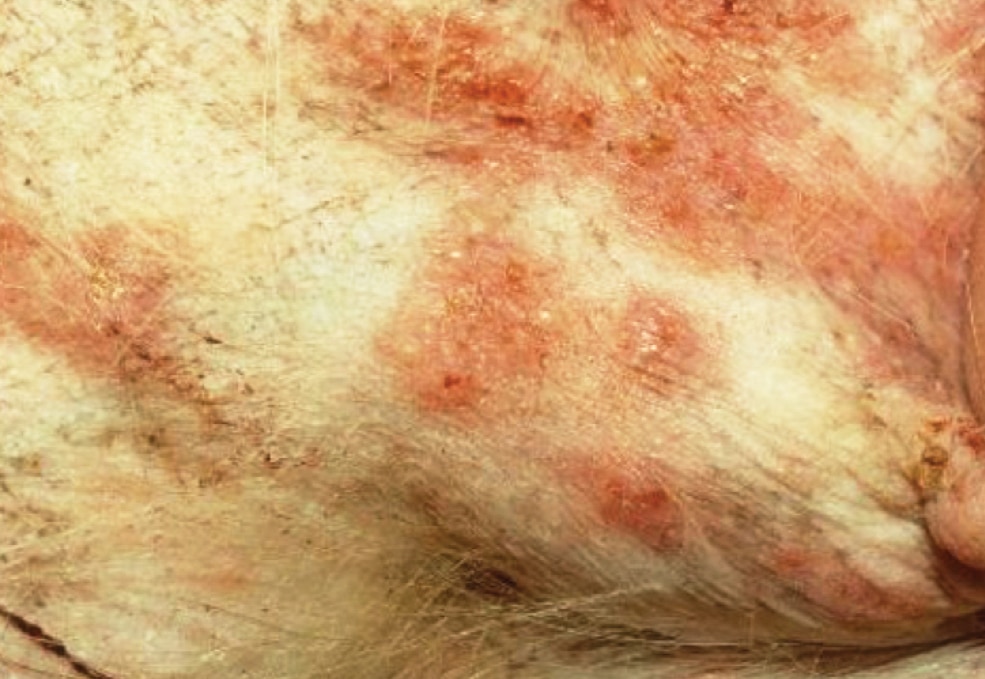
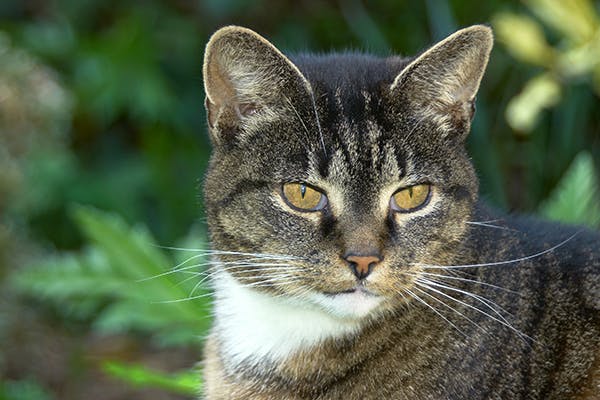


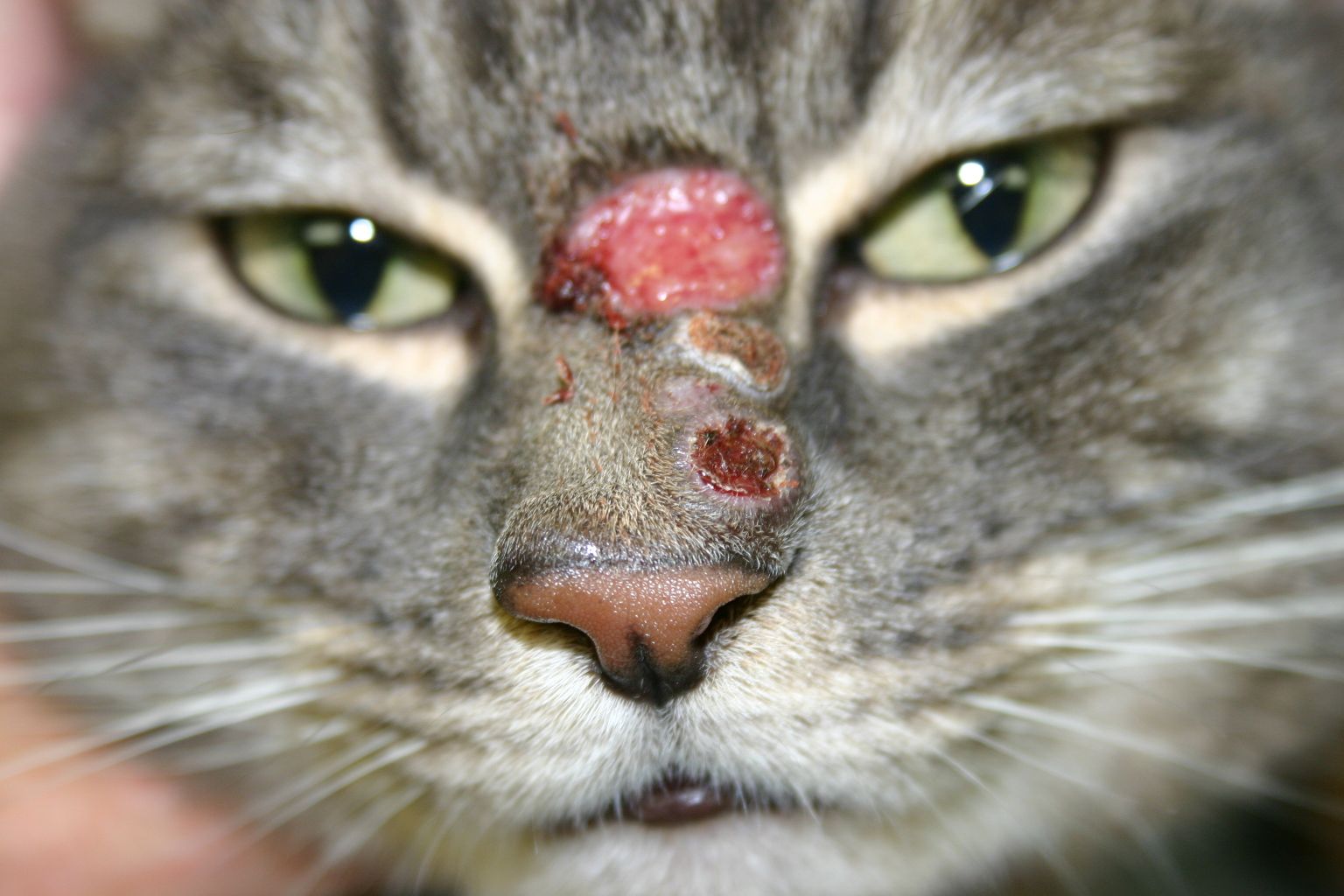
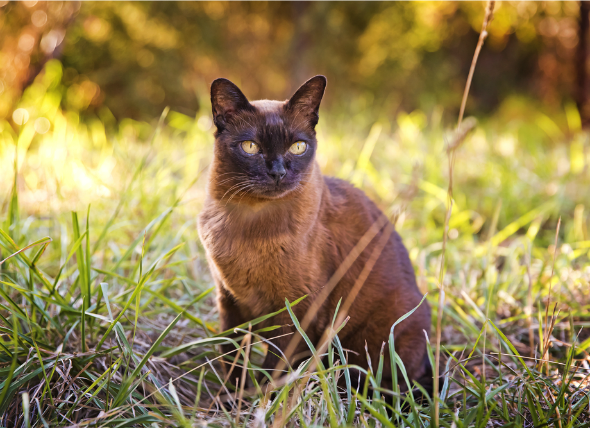

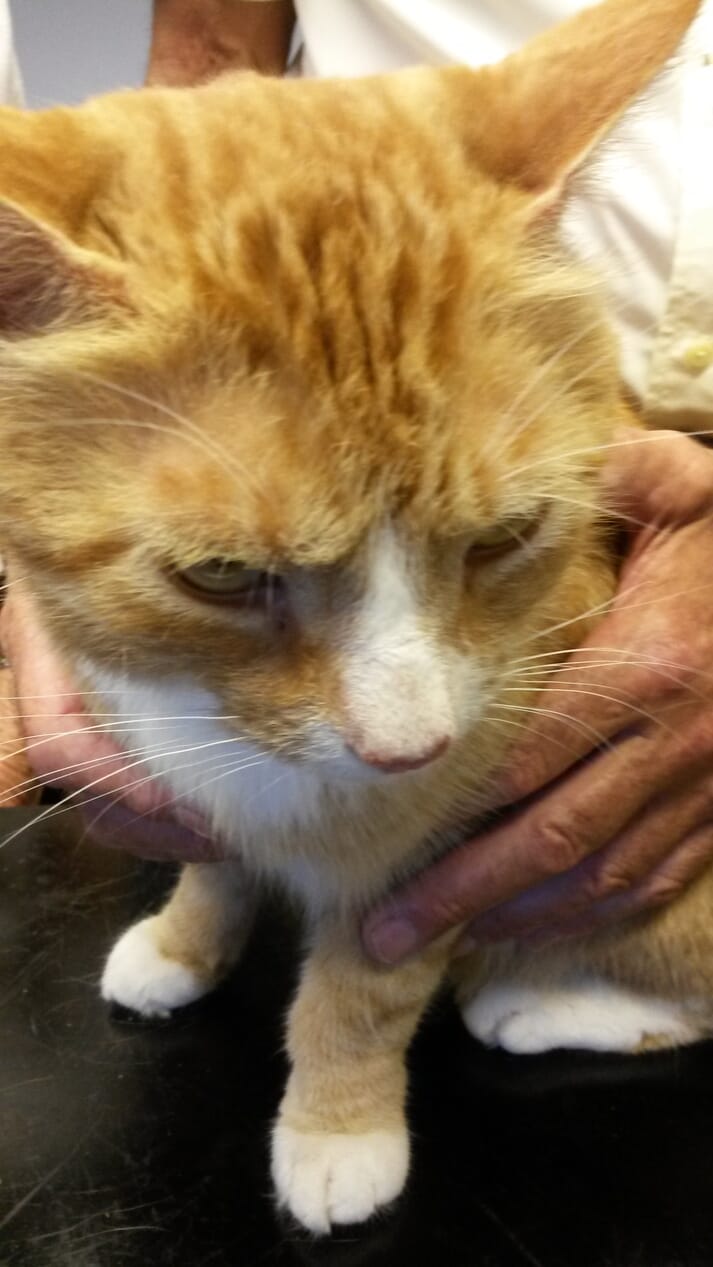
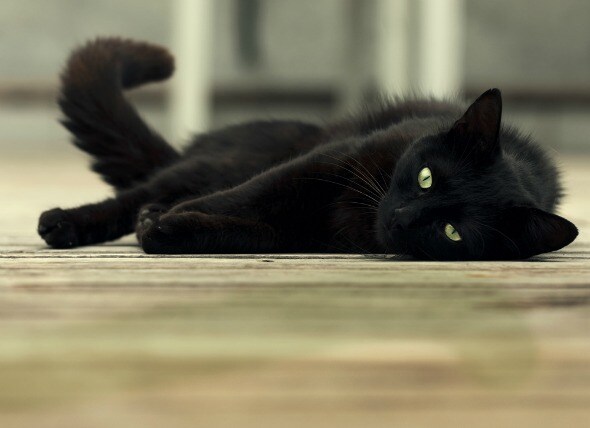

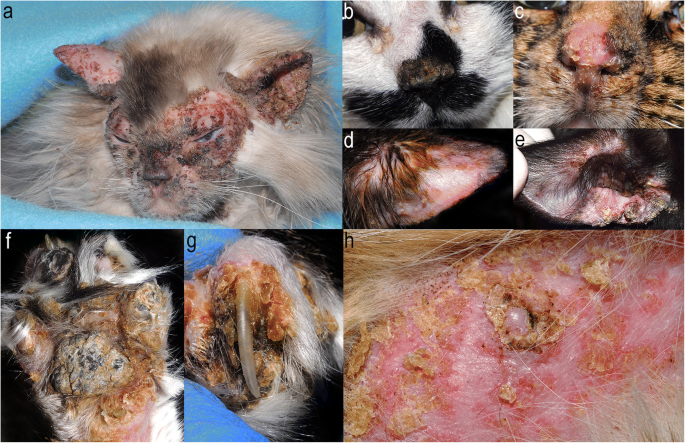
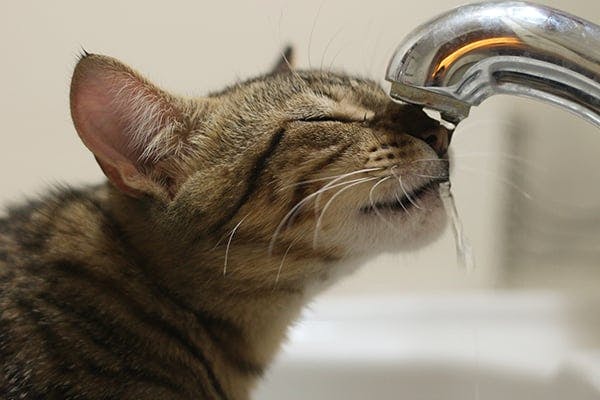




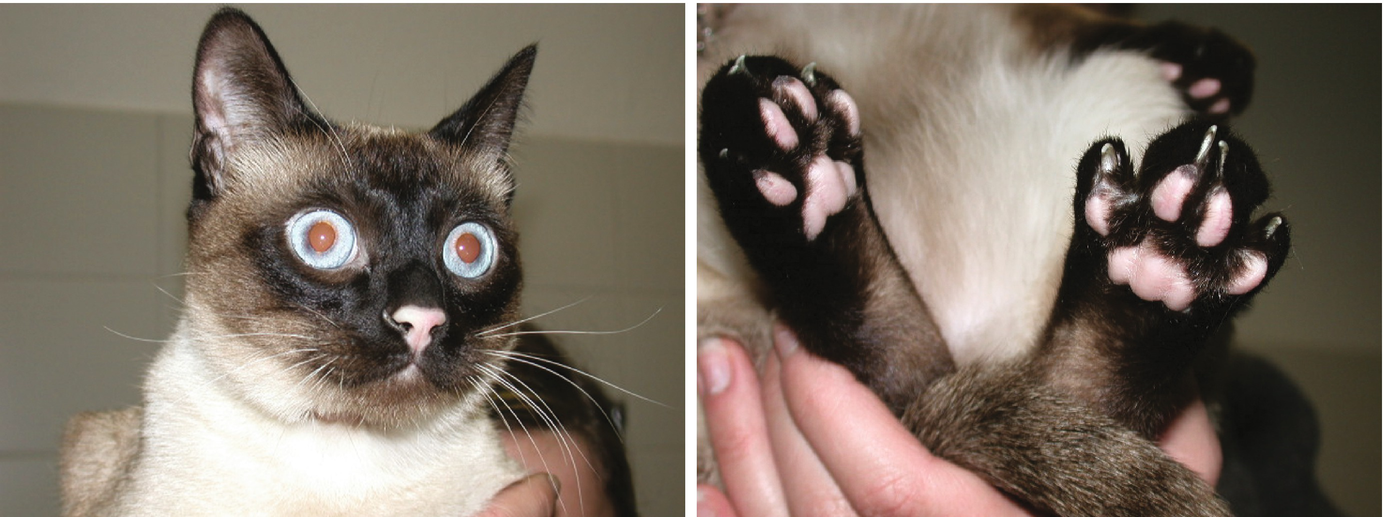
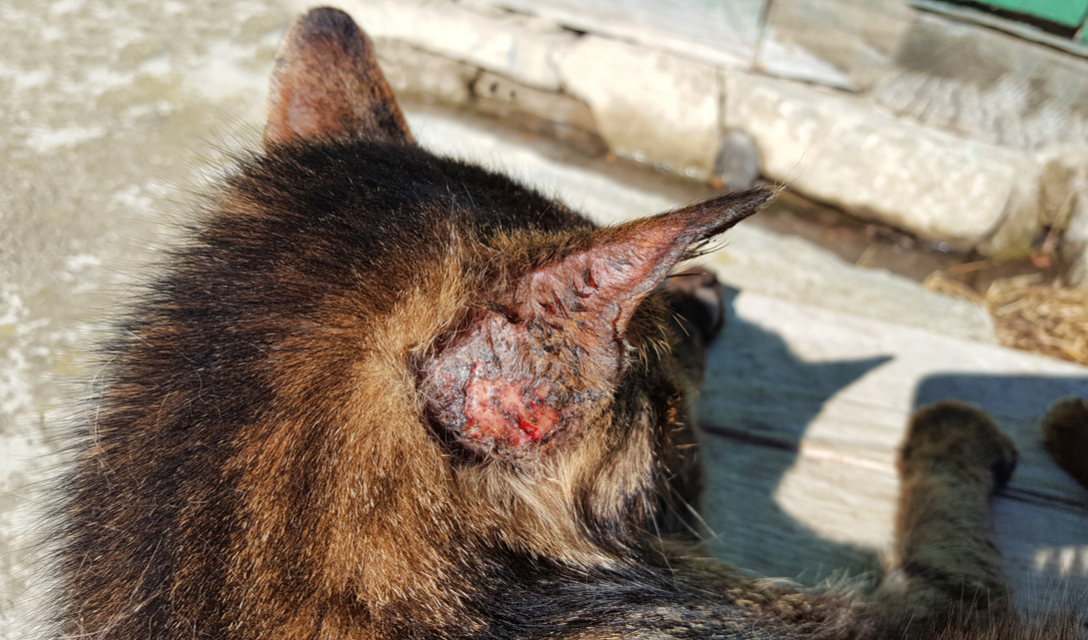

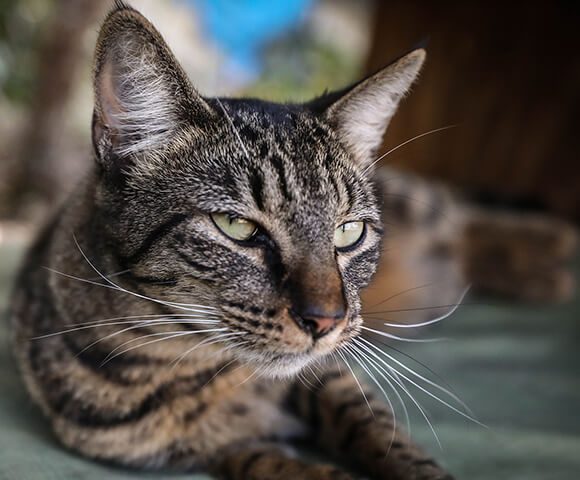
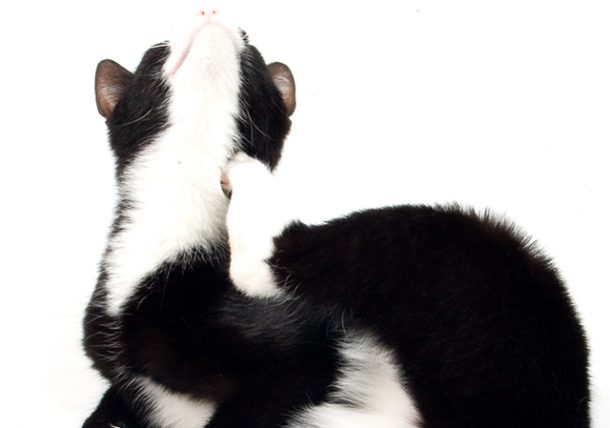


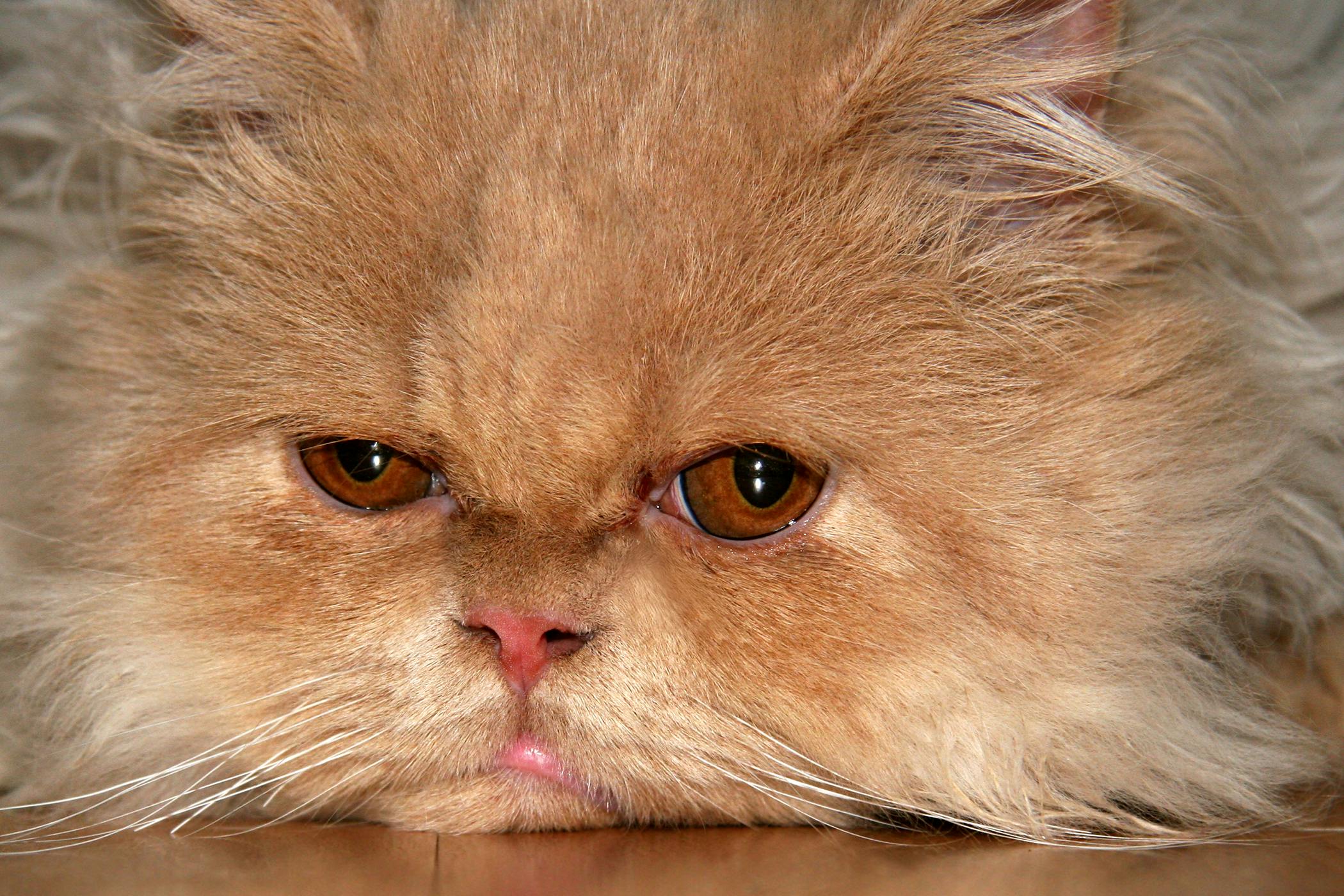
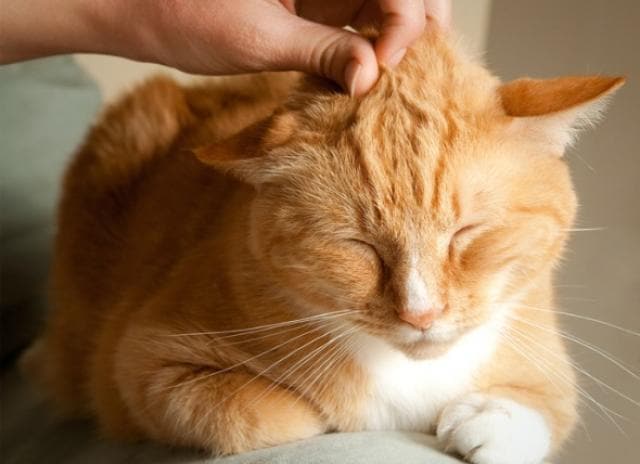
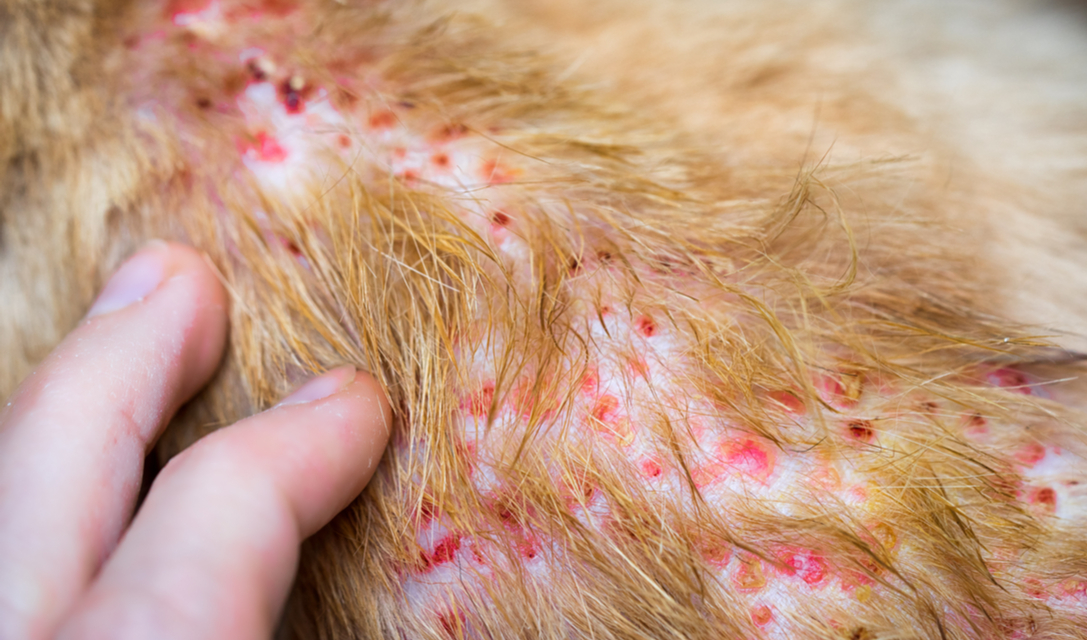

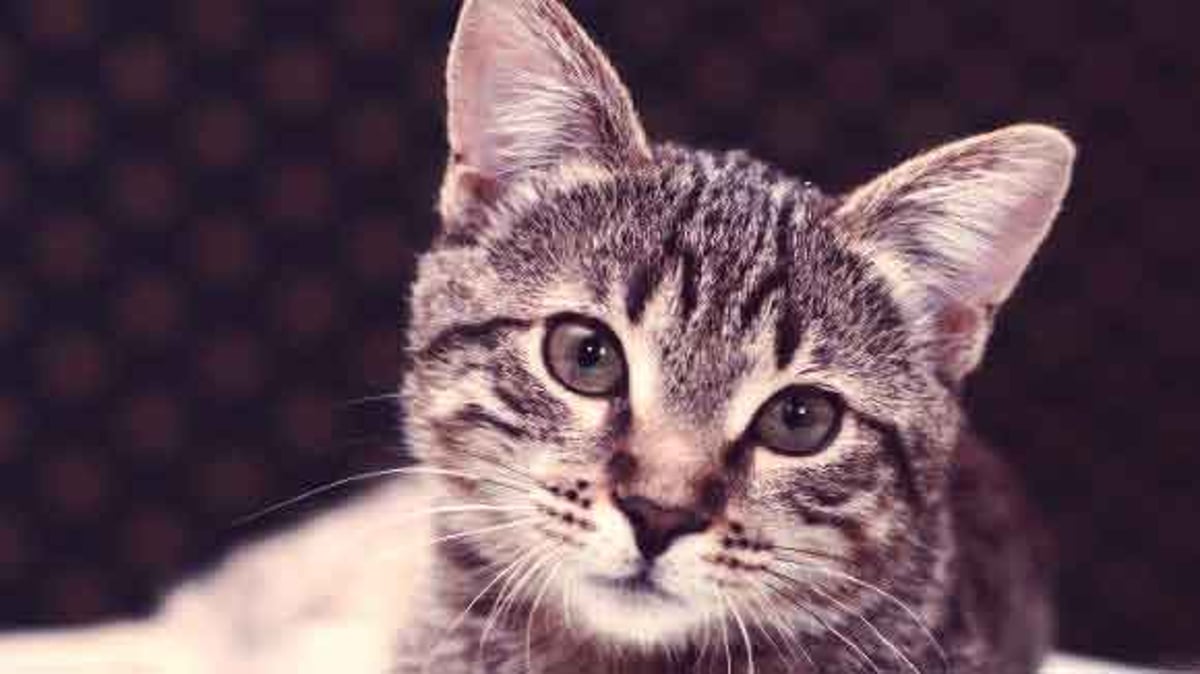
Post a Comment for "Cat Autoimmune Disease Skin"